The Power of Community in Enhancing Well-Being
Community activities are fundamental to improving the quality of life for individuals across all age groups. From fostering social bonds to supporting mental and physical health, community engagement creates environments where people can thrive. This article explores how active participation in community life benefits individuals and communities, highlighting strategies to strengthen these vital connections.
The Role of Community Activities in Promoting Well-Being
How do community activities contribute to overall quality of life?
Community activities play a vital role in enhancing overall quality of life by fostering improvements in mental, social, and physical health. When individuals participate in volunteering, social clubs, creative arts, or physical activities, they form meaningful social connections that promote a sense of belonging and reduce feelings of loneliness, which is especially important for older adults.
Engaging in these activities not only helps individuals develop new skills and boost their confidence but also encourages a proactive approach to personal growth. The social interactions involved in group games, arts classes, or community events create opportunities for sharing experiences, strengthening social bonds, and developing camaraderie.
Furthermore, community involvement promotes healthy lifestyles by motivating participants to stay physically active through exercise groups or sports, and to adopt healthier habits like balanced eating or mindfulness practices. Such engagement positively impacts physical health and can help prevent illnesses linked to sedentary lifestyles and social isolation.
Research indicates that being actively involved in community programs reduces depression, enhances mental health, and improves emotional well-being. It encourages cognitive functioning, especially through creative and mental exercises that slow cognitive decline and foster a sense of purpose.
Ultimately, community participation creates a supportive environment that nurtures emotional fulfillment and resilience. It provides a platform for personal development and promotes healthier behaviors, leading to a richer, more satisfying life.
| Aspect | Impact | Examples |
|---|---|---|
| Social | Builds strong relationships and reduces loneliness | Clubs, support groups, volunteer projects |
| Mental | Enhances cognitive function, reduces depression | Creative arts, memory games, discussion groups |
| Physical | Promotes activity and mobility | Exercise classes, sports, outdoor walks |
| Overall | Improves quality of life and well-being | Participating in diverse community events |
Taking part in community activities not only benefits individual health but also strengthens the fabric of the community itself, making neighborhoods more vibrant and supportive spaces for everyone. Encouraging such participation is essential for creating inclusive, healthy, and resilient societies.
Mental and Social Benefits of Community Engagement
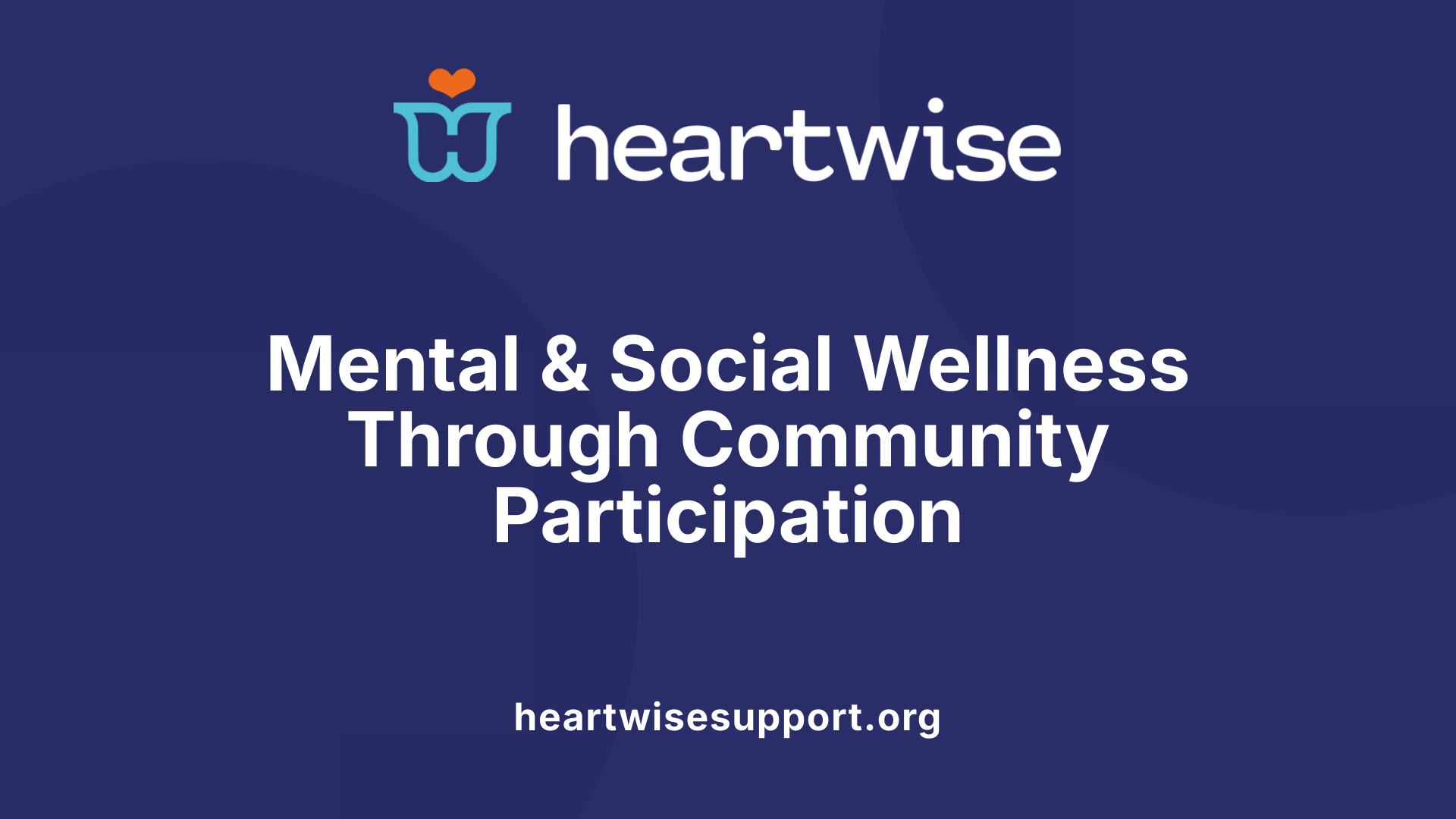
How can participation in community activities support mental and social health?
Getting involved in community activities plays a crucial role in promoting mental and emotional well-being. When individuals participate in social events, volunteer efforts, or local programs, they establish meaningful social connections that help combat loneliness and feelings of social isolation.
These connections foster a sense of belonging, influence, and purpose. This sense of community can significantly decrease symptoms of depression, anxiety, and stress. Engaging actively in community networks offers access to emotional support and valuable resources, which are essential for mental resilience.
Community participation also contributes to developing coping skills and emotional strength. It creates spaces where people feel safe to share experiences, seek advice, and find comfort. Furthermore, being part of a community helps to reduce mental health stigma by raising awareness and encouraging open conversations about mental well-being.
In addition, participating in supportive community environments enhances resilience and promotes recovery from mental health challenges. Overall, active community involvement empowers individuals, builds social bonds, and leads to better mental and social health outcomes.
This interplay between social interaction and mental health underscores the importance of fostering community engagement to nurture resilient, healthier populations.
More Resources
To explore this topic further, search for "Community social mental health support" online. Many community programs and healthcare initiatives highlight the benefits of social engagement for mental well-being.
Community Involvement and Its Broader Impact on Health
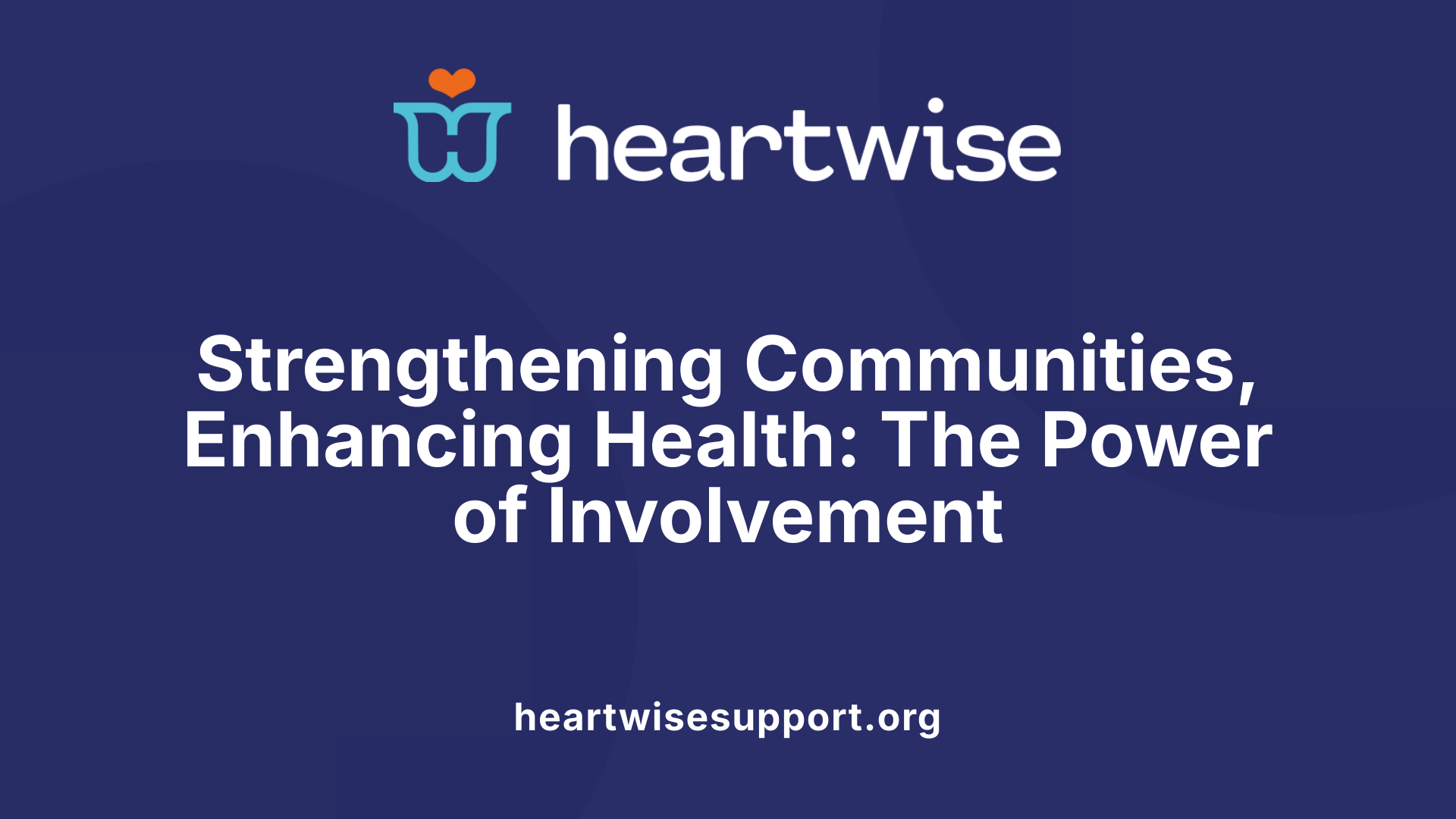
What is the impact of community involvement on health and well-being?
Community involvement is a powerful factor in enhancing health and overall well-being. It cultivates social cohesion, strengthens community bonds, and fosters a sense of belonging and purpose among residents. When community members actively participate in local activities, initiatives, and decision-making processes, they develop a shared responsibility for health outcomes.
Engaging communities in health-related efforts supports the development, implementation, and evaluation of health services. This leads to interventions that are more culturally sensitive, acceptable, and tailored to local needs. Such targeted approaches increase the likelihood of successful health programs and sustainable improvements.
While evidence varies based on specific contexts, research indicates that community involvement can positively influence health by boosting individual empowerment and fostering social support networks. These networks facilitate health-promoting behaviors, encourage service utilization, and influence social determinants like housing, education, and employment.
Effective community participation often results in better health behaviors, such as increased physical activity, healthier eating, and regular health check-ups. It also promotes a sense of ownership which can motivate continued engagement and long-term health benefits.
Furthermore, community-driven initiatives can help address health disparities by enabling marginalized groups to have a voice and access resources. Strong community involvement ensures that health services are more responsive, equitable, and capable of adapting to evolving needs.
Overall, when community efforts are well-organized, participatory, and supported by strong organizational processes, they contribute significantly to a resilient health ecosystem. This, in turn, leads to improved health outcomes, higher self-efficacy, and a health system that better serves the people it aims to protect.
Fostering Community Building and Engagement
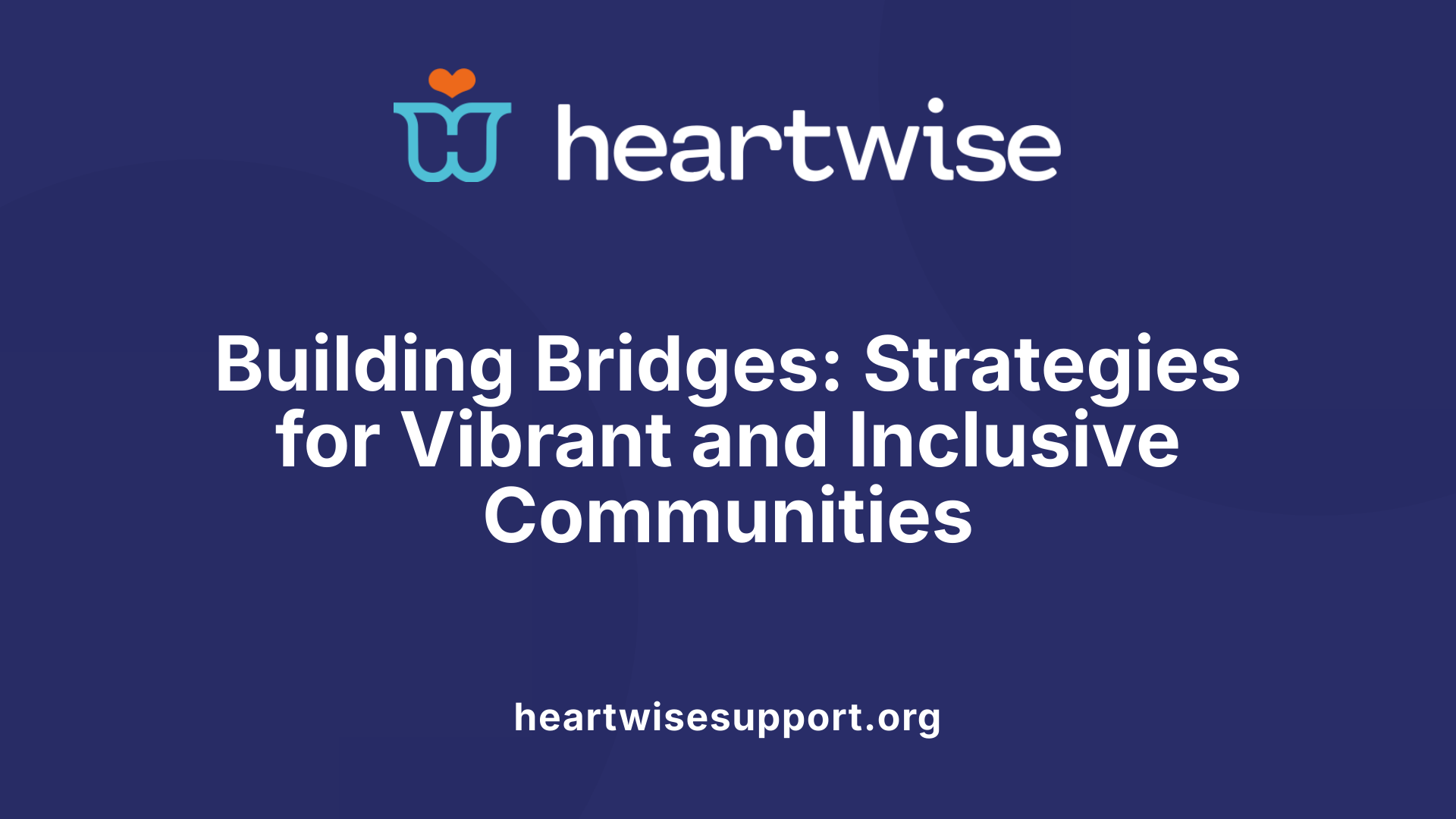
What strategies can foster community building and engagement?
Building a vibrant and inclusive community requires a variety of thoughtful strategies that encourage widespread participation.
One effective approach is organizing accessible events such as town hall meetings, book clubs, and local festivals. These gatherings provide platforms for residents to share ideas, celebrate diversity, and foster dialogue, which strengthens social bonds.
Partnerships with Community-Based Organizations (CBOs) play a crucial role. Collaborating with these organizations through empathetic communication and resource sharing helps sustain long-term engagement. Regular contact and coordinated efforts ensure that community initiatives are relevant and impactful.
In addition, leveraging digital tools can significantly enhance participation. Customized media kits, digital badges, and reward programs motivate residents to stay engaged. Digital platforms like community apps or social media create spaces for ongoing interaction, updates, and recognition.
Grassroots initiatives, volunteering opportunities, and advocacy groups empower community members to take active roles in addressing local challenges. Such involvement fosters a sense of ownership and collective responsibility.
Storytelling campaigns are another powerful method. Sharing personal stories and hosting forums can generate empathy, increase understanding across diverse groups, and foster a shared identity.
To summarize, successful community building combines inclusive event planning, strong partnerships, innovative use of digital tools, and storytelling to create a connected, resilient community.
| Strategy | Action Steps | Expected Outcomes |
|---|---|---|
| Inclusive Events | Organize town halls, festivals, book clubs | Increased participation, dialogue |
| Community Partnering | Collaborate with local organizations, foster regular communication | Long-term engagement, resource pooling |
| Digital Engagement Tools | Use apps, badges, rewards, online forums | Enhanced motivation, continuous involvement |
| Grassroots & Volunteering | Support local acts, advocacy, volunteer programs | Empowered residents, collective action |
| Storytelling Campaigns | Share community stories, host forums | Greater empathy, community pride |
Research indicates that these strategies collectively create a sense of belonging, promote active participation, and enable communities to address local issues effectively. Implementing them thoughtfully can significantly improve community cohesion and residents' quality of life.
Activities Across the Lifespan: Impact on Different Age Groups
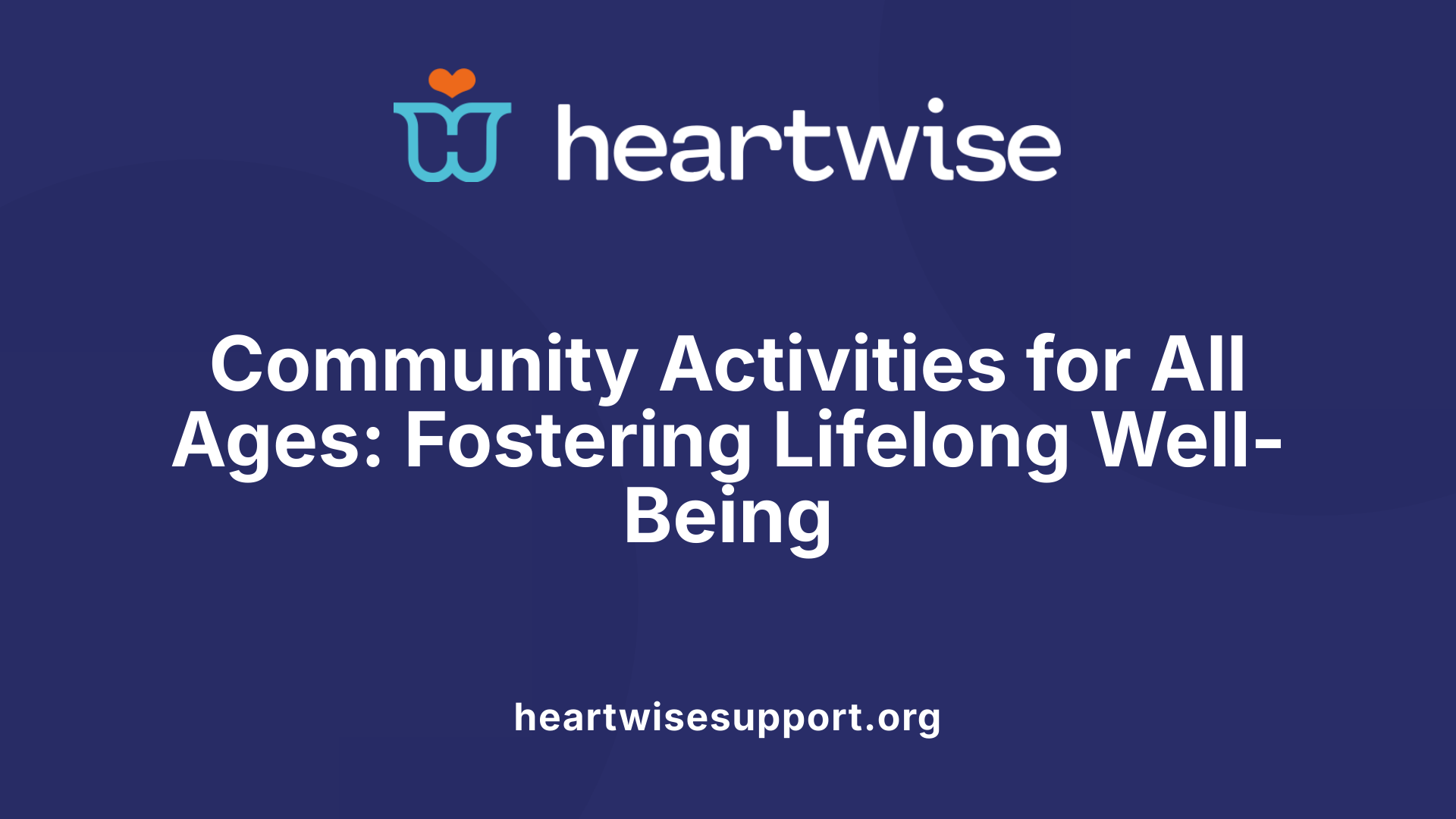
How do community activities influence different age groups and life stages?
Community activities play a vital role in supporting individuals at various stages of life by fostering social bonds, stimulating mental and physical health, and promoting a sense of belonging. These activities are tailored to meet the needs of different age groups, ensuring everyone can participate and benefit.
For older adults, engaging in social activities like senior center programs, creative arts, and volunteer opportunities helps reduce loneliness and depression. It also promotes cognitive health through memory games, crafts, and intergenerational interactions. Such programs offer emotional support and foster friendships, which are essential for maintaining mental well-being and resilience.
Youth development is encouraged through sports, arts, educational workshops, and leadership projects. These initiatives not only build skills but also instill confidence and a sense of purpose early in life. Encouraging participation in community service and peer groups helps youth develop social skills and civic responsibility.
Intergenerational activities—like gardening projects, storytelling sessions, or joint volunteering—benefit all ages by facilitating mutual understanding and respect. They can reduce stereotypes, strengthen community ties, and create cohesive environments. These interactions promote empathy and shared knowledge, enriching the experience of all involved.
Participation in community activities across all ages enhances social capital, which is linked to improved mental health, better physical well-being, and overall community resilience. The variety and inclusivity of these programs are crucial in ensuring they are relevant and accessible.
In summary, community activities tailored to different life stages significantly impact well-being by fostering social engagement, mental stimulation, and physical health. They enable individuals to build meaningful relationships, develop new skills, and feel connected to their community throughout their lives.
The Evidence Supporting Community Impact on Quality of Life
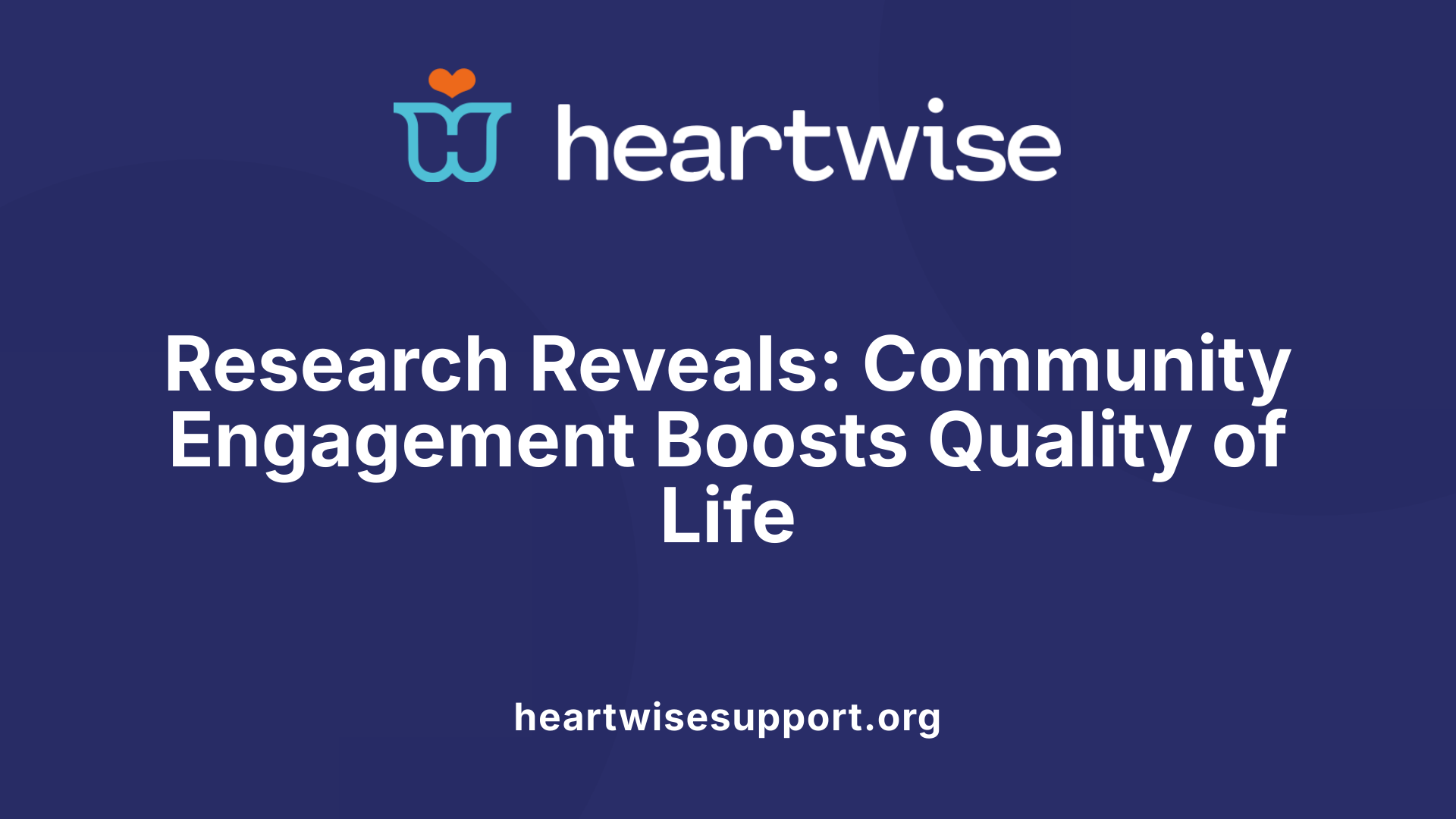
What evidence exists about the impact of community activities on quality of life?
Research consistently shows that engaging in community activities has a significant positive influence on both physical and mental well-being. Programs such as Recreovía, which offers free outdoor exercise classes in public spaces, exemplify how community initiatives can promote healthier lifestyles. Participants in such programs experience improved mobility, greater physical activity levels, and reduced symptoms of anxiety and depression.
Furthermore, community activities foster stronger social bonds. For example, intergenerational programs and creative arts classes provide opportunities for sharing, bonding, and building friendships. These connections enhance individuals’ sense of belonging, which correlates with better self-rated health and mental health outcomes across different age groups.
Studies reveal that community involvement also encourages healthier behaviors and creates supportive networks that buffer against loneliness and social isolation. This sense of community support is especially beneficial for older adults, significantly reducing feelings of loneliness while increasing resilience and life satisfaction.
In addition, evidence points to the importance of standardized community programs and the role of dedicated coordinators to maximize benefits. For instance, initiatives like Recreovía and similar programs have been linked with increased physical activity, improved cognitive function, and enhanced emotional well-being.
Overall, findings support integrating community-based activities into public health strategies. Regular participation not only improves individual health but also contributes to broader community vitality, demonstrating that active engagement is a crucial determinant of quality of life. These insights highlight the importance of promoting diverse, inclusive, and accessible community initiatives to foster healthier, happier populations.
Building Resilient and Connected Communities
Strengthening community activities and fostering engagement is essential for enhancing individual well-being and creating resilient, inclusive societies. As evidence shows, active participation supports mental, social, and physical health, reduces loneliness, and encourages healthy behaviors. Developing comprehensive, accessible programs and leveraging technology can broaden participation, ensuring that all community members, regardless of age or ability, benefit from these initiatives. Ultimately, vibrant, connected communities lay the foundation for a higher quality of life, where everyone can feel valued, supported, and empowered to thrive.
References
- Community Engagement - Benefits of Community Service
- The Role of Social Activities in Enhancing Well-Being
- Community Activities in Primary Care: A Literature Review - PMC
- How Social Connections Can Improve Seniors' Quality of Life
- How Activities Enrich Lives - Creative Solutions in Healthcare
- The power of community: How coming together can improve your ...
- The Importance of Building Community at Every Stage of Life











